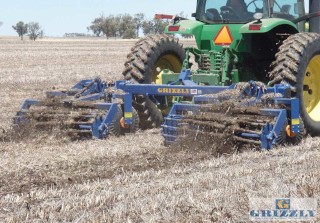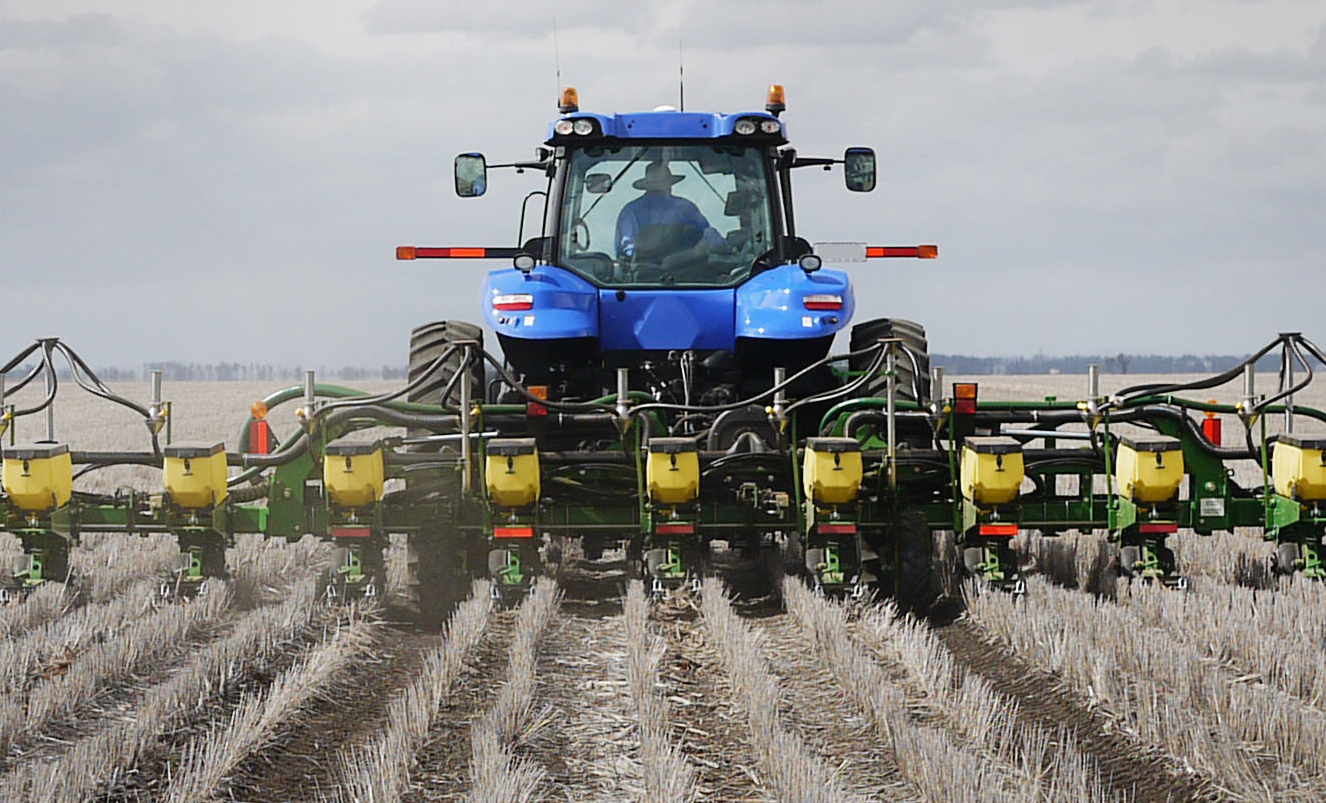- Location
- South Lincolnshire
How do zero or min till people treat combine wheel marks? This last week we have run a Culti-press straight into stubble and it leaves a lovely 2 -3 ins of tilth. Good soil structure underneath, so perfect for our Moore drill.....EXCEPT that the combine wheelings remain almost untouched and hard. Even if we went straight in with Moore, it would drill well exept for the combine wheelings. Medium/heavy silt.









